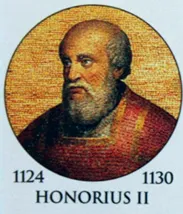
eBook - ePub
The Popes
A Brief Synopsis (from Peter to Francis)
Uriel R. Limjoco
This is a test
Partager le livre
- 160 pages
- English
- ePUB (adapté aux mobiles)
- Disponible sur iOS et Android
eBook - ePub
The Popes
A Brief Synopsis (from Peter to Francis)
Uriel R. Limjoco
Détails du livre
Aperçu du livre
Table des matières
Citations
À propos de ce livre
This brief synopsis aims to summarize the influence of the highest leadership on the growth and development of the Catholic Church and to encourage the reader to study the lives of the popes in a more detailed manner. Christ entrusted the chair of St. Peter to mortals, and as mortals, they are subject to the same temptations that surround us all. Some of them resisted temptation better than others. Some succumbed to temptations worse than others. May God bless the papacy, the Church, and the whole world.
Foire aux questions
Comment puis-je résilier mon abonnement ?
Il vous suffit de vous rendre dans la section compte dans paramètres et de cliquer sur « Résilier l’abonnement ». C’est aussi simple que cela ! Une fois que vous aurez résilié votre abonnement, il restera actif pour le reste de la période pour laquelle vous avez payé. Découvrez-en plus ici.
Puis-je / comment puis-je télécharger des livres ?
Pour le moment, tous nos livres en format ePub adaptés aux mobiles peuvent être téléchargés via l’application. La plupart de nos PDF sont également disponibles en téléchargement et les autres seront téléchargeables très prochainement. Découvrez-en plus ici.
Quelle est la différence entre les formules tarifaires ?
Les deux abonnements vous donnent un accès complet à la bibliothèque et à toutes les fonctionnalités de Perlego. Les seules différences sont les tarifs ainsi que la période d’abonnement : avec l’abonnement annuel, vous économiserez environ 30 % par rapport à 12 mois d’abonnement mensuel.
Qu’est-ce que Perlego ?
Nous sommes un service d’abonnement à des ouvrages universitaires en ligne, où vous pouvez accéder à toute une bibliothèque pour un prix inférieur à celui d’un seul livre par mois. Avec plus d’un million de livres sur plus de 1 000 sujets, nous avons ce qu’il vous faut ! Découvrez-en plus ici.
Prenez-vous en charge la synthèse vocale ?
Recherchez le symbole Écouter sur votre prochain livre pour voir si vous pouvez l’écouter. L’outil Écouter lit le texte à haute voix pour vous, en surlignant le passage qui est en cours de lecture. Vous pouvez le mettre sur pause, l’accélérer ou le ralentir. Découvrez-en plus ici.
Est-ce que The Popes est un PDF/ePUB en ligne ?
Oui, vous pouvez accéder à The Popes par Uriel R. Limjoco en format PDF et/ou ePUB ainsi qu’à d’autres livres populaires dans Theology & Religion et Christian Denominations. Nous disposons de plus d’un million d’ouvrages à découvrir dans notre catalogue.
Informations
Sujet
Theology & ReligionSous-sujet
Christian DenominationsEnd of Saeculum Obscurum
Popes of the Investiture Controversy
Pope Alexander II (1061–1073)
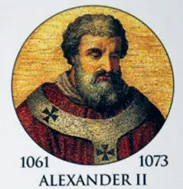
Pope St. Gregory VII (1073–1085)
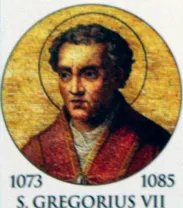
Pope Victor III (1086–1087)
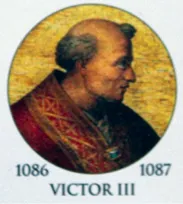
Pope Urban II (1088–1099)
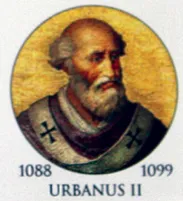
Pope Paschal II (1099–1118)

Pope Gelasius II (1118–1119)
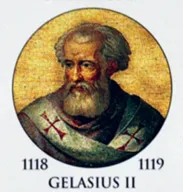
Pope Callixtus II (1119–1124)
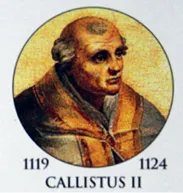
Pope Honorius II (1124–1130)
